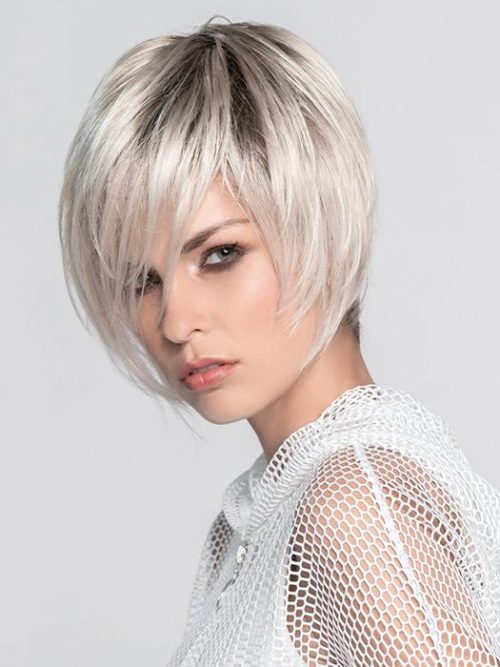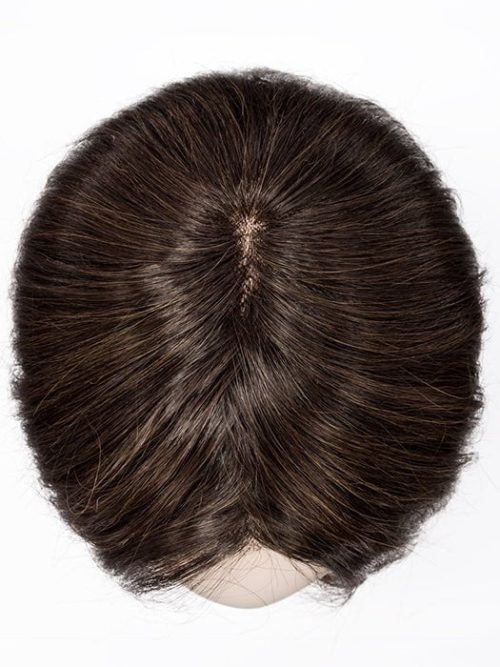Why Do Hasidic Women Wear Wigs? A Closer Look at Tradition and Identity
Introduction: What’s Up with the Wigs?
Have you ever seen a Hasidic woman wearing a wig and wondered why? Well, it’s not just about style or fashion—it’s a deep-rooted part of their culture and religion. Let’s dive into this fascinating tradition, where it comes from, and what it means for the women who follow it. We’ll keep things simple and chatty, just like we’re talking over a cup of coffee.

A Peek into Modesty: The Core Idea
What’s Modesty Got to Do With It?
In Hasidic Judaism, modesty isn’t just a fashion statement—it’s a way of life. It affects everything, from the way people act to how they dress. For women, this often means covering their hair, especially after they get married. Why? Because in their culture, a woman’s hair is considered private, something that only her family should see.
Why Wigs, Though?
So, why wigs when there are hats and scarves? Wigs, or ‘sheitels’ as they’re called, hit this sweet spot—they cover a woman’s hair while helping her blend in with everyone else. Rachel, a Hasidic woman from Brooklyn, shares, “Wearing my sheitel means I can stay true to my beliefs without sticking out. It’s my way of balancing my personal identity with the world around me.”

The Social Side: It’s About Belonging
Fitting In and Standing Out
Wearing a wig is also a sign that you belong to the Hasidic community. It shows that you’re following the rules and traditions that define who you are as a group. Miriam, from a Hasidic neighborhood, says, “My sheitel is a part of who I am. It connects me to my community and my history.”
Confidence and Comfort
But it’s not just about fitting in. Many women find that wearing a wig boosts their confidence. Leah, who styles wigs for a living, notes, “A lot of women feel prettier and more confident when they wear their sheitel. It’s like putting your best foot forward, knowing you look good and are respecting your traditions.”

Digging Deeper: The Rules and Their Roots
It’s Written in the Books
The idea of covering hair comes from the Hebrew Bible, which suggests that married women should keep their hair covered. This idea has been part of Jewish laws and teachings for centuries, guiding how women dress and present themselves.
Different Strokes for Different Folks
Not everyone agrees on using wigs. Some communities prefer scarves or hats because they think those are more modest. This shows how diverse Jewish traditions can be—even people following the same religion can have different ways of showing their faith.

Modern Times, Modern Challenges
Keeping Up with the Times
In today’s fast-moving world, Hasidic women try to keep their traditions alive while dealing with everyday modern life. This means wearing wigs that look so real, you wouldn’t know they’re wigs at all. It’s their way of holding onto their beliefs while navigating a world that’s always changing.
To Wig or Not to Wig?
Inside the community, there’s a lot of discussion about whether wigs are the best way to follow the rules. Some say yes, because it helps women participate in the modern world. Others say no, worried that wigs might look too good and defeat the purpose of modesty.
Wrapping It Up: More Than Just Hair
So, wearing wigs is a big deal for Hasidic women. It’s not just about following rules—it’s about faith, identity, and finding your place in both your community and the wider world. It’s a personal choice that carries a lot of meaning.
What Do You Think?
Ever had to balance personal beliefs with the world around you? How did you handle it? Let’s chat in the comments below—I’d love to hear your stories!




